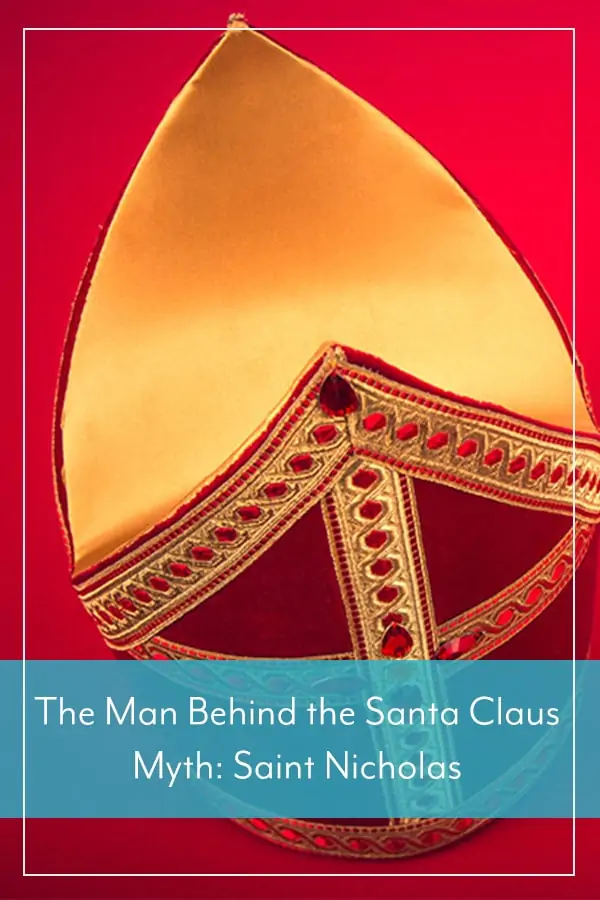9 Facts about the True Saint Nicholas
Published:
December 16, 2019

Contributor:
Alpha Omega Publications
Disclosure: This post may contain affiliate links, meaning if you decide to make a purchase via my links, I may earn a commission at no additional cost to you. See my disclosure for more info.
There’s a famous holiday story about an overweight man with a white beard who travels by flying reindeer and squeezes his way down chimneys to deliver presents to every child in the world in just one night.
While it’s easy to dismiss that story as fantasy, the reality is that the legend of Santa Clause traces its roots back to a man who believed in the true Christmas story that the Creator of the world and the Son of God came to Earth as a baby boy.
In a brief attempt to separate fact from fiction, take a look with your homeschool family at 9 things we know about the man behind the Santa Claus myth: Saint Nicholas.
- Saint Nicholas was born between AD 260 and 280 in the town of Patara, located on the coast of the Mediterranean Sea in what is now modern-day Turkey. The average high temperature for the year there is approximately 75 degrees, not exactly the North Pole.
- Saint Nicholas participated in the First Council of Nicaea in 325, which produced the Nicene Creed, a groundbreaking doctrine of the early Christian church that proclaims Jesus Christ as the Son of God.
- The tradition of stockings by the fireplace goes back to a story of Saint Nicholas tossing in a bag of gold in an open window that landed in a stocking or shoe drying by the fire. Saint Nicholas gave the money at least three times to provide a dowry for the daughters of a poor man. In those days, a dowry was offered to prospective husbands. Without a dowry, many women were sold into slavery.
- As the Bishop of Myra, a city known today as Demre, Turkey, he committed his life to working for justice and caring for the poor.
- Saint Nicholas was persecuted because of his confession of Christ and spent time in prison because of his faith.
- Saint Nicholas died in 343 in Turkey; however, his bones were later taken to Bari, Italy. For some, the basilica in Southern Italy is an important pilgrimage destination.
- Saint Nicholas inspired nuns as early as the 12th century to give in secret to children in need.
- Oranges are often used as a symbol for the gold St. Nicholas gave, and many families today place a Christmas orange in stockings for this reason.
- Long before the city was named after President Andrew Jackson, the city of Jacksonville, Florida, was originally named St. Nicholas Ferry by the Spaniards.
Source:
St. Nicholas Center








